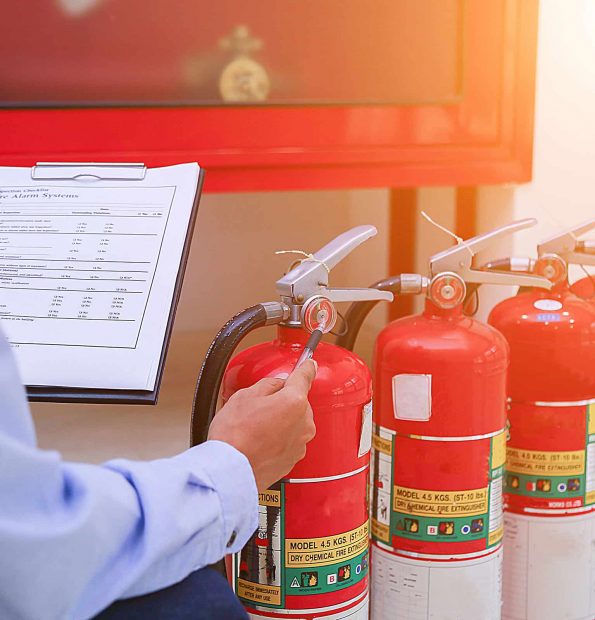Fire safety in Sydney isn’t just a matter of ticking off compliance boxes. At the core of the program is the Annual Fire Safety Statement (AFSS) it is a statement that does more than meet legal requirements but also demonstrates a building owner’s commitment to security and accountability. Together with the Fire Safety Certificate, the AFS is the base of a well-organized system that assures the safety of the building’s occupants as well as assures insurers and makes councils feel confident about the structures of their city.
Why there is an Annual Fire Safety Statement
It was never intended to just be a piece of paper simply for the sake of it. The requirement was formulated because fire protection systems, no matter how efficient they are, only function when they are tested, maintained and certified on regularly. Sprinklers installed ten or more years ago could look good but they might not function in a critical situation If they’re not regularly inspected.

The AFSS asks owners to prove every year that all their fire safety features such as alarms, hydrants and exit lighting, remain in compliance with the specifications originally laid out in the Building Code of Australia. The AFSS is more than an inspection, but rather a public declaration of the security and strength of the building in the in the event of a major catastrophe.
The distinction between AFSS Certificates and Fire Safety Certificates
Owners often confuse owners often confuse the Fire Safety Certificate with the annual report, however the two certificates serve different purposes. The certificate will be issued once a installation has been completed or major modifications are completed. It’s a way of confirming that the new measures have been approved before the building can be used or let. The AFSS On the other hand, comes later. It’s a regular duty that ensures the systems are in compliance with the requirements each year.
Taken together, they create an entire cycle of protection. certificates validate that safety systems are properly installed and annual reports ensure that those systems are maintained throughout the life of the building. The absence of one step can weaken the entire chain of protection.
The responsibility of the building owner
The AFSS in New South Wales has a distinct feature that puts the responsibility for this process onto the owner of the property. The AFSS system is distinct from other compliance systems which allow for defects to be categorized into minor and major. If one or more measures fail, the entire statement cannot be validly issued.
This means owners must take the initiative. To keep deadlines in mind, they should arrange inspections, find accredited professionals, schedule repairs, and send documents to council. For strata and commercial landlords, this means that they must coordinate with each other. committees, this task includes coordination between tenants and contractors as well as insurers. This structure, although challenging, is designed to ensure that safety isn’t impaired or delayed.
The Impact of the Broader AFSS in Sydney
The AFSS goes beyond legal compliance. When renting spaces, tenants are often asked regarding the current safety report of a building. Insurance companies also often request the copy prior to finalizing their insurance coverage. A current annual fire safety declaration can affect the value of a property tenants’ confidence in the building and even the cost of insurance.
For councils, it provides assurance that the buildings of thousands across Sydney are regularly monitored. Fire authorities will be able to reduce risks by ensuring that the systems operate in actual emergencies. In essence it is that the AFSS does not just focus on safeguarding individual buildings, it is also about creating a safer and more secure city in general.
Conclusion: AFSS is a Standard of Trust
The requirement for an Annual Fire Safety Statement Sydney might appear to be an administrative hurdle however it’s really an act of confidence. The statement demonstrates that the safety of fire isn’t a matter of chance. It shows the reliability of the equipment as well as that the those who own the building are responsible to ensure the security of their inhabitants. This certificate, when combined with the Fire Safety Certificate completes the method of verifying the implementation of safety measures and their continual performance.
For property owners, the lesson is clear: the AFSS is more than an annual deadline. It’s an obligation to the community trust security, accountability and safety. In the rapidly growing urban area of Sydney where a lot of people rely on secure and compliant structures, this commitment is what truly makes the AFSS an invaluable resource.